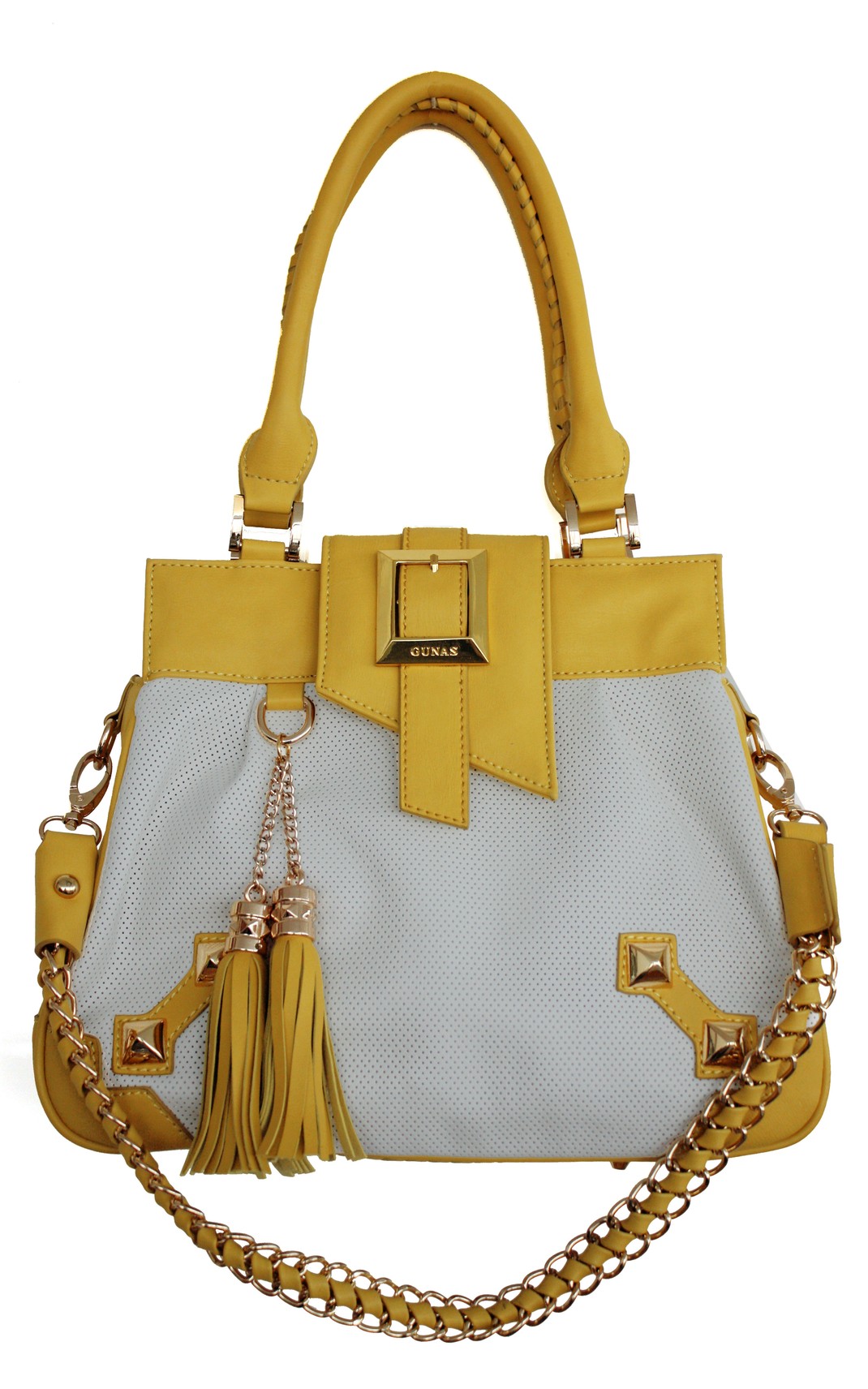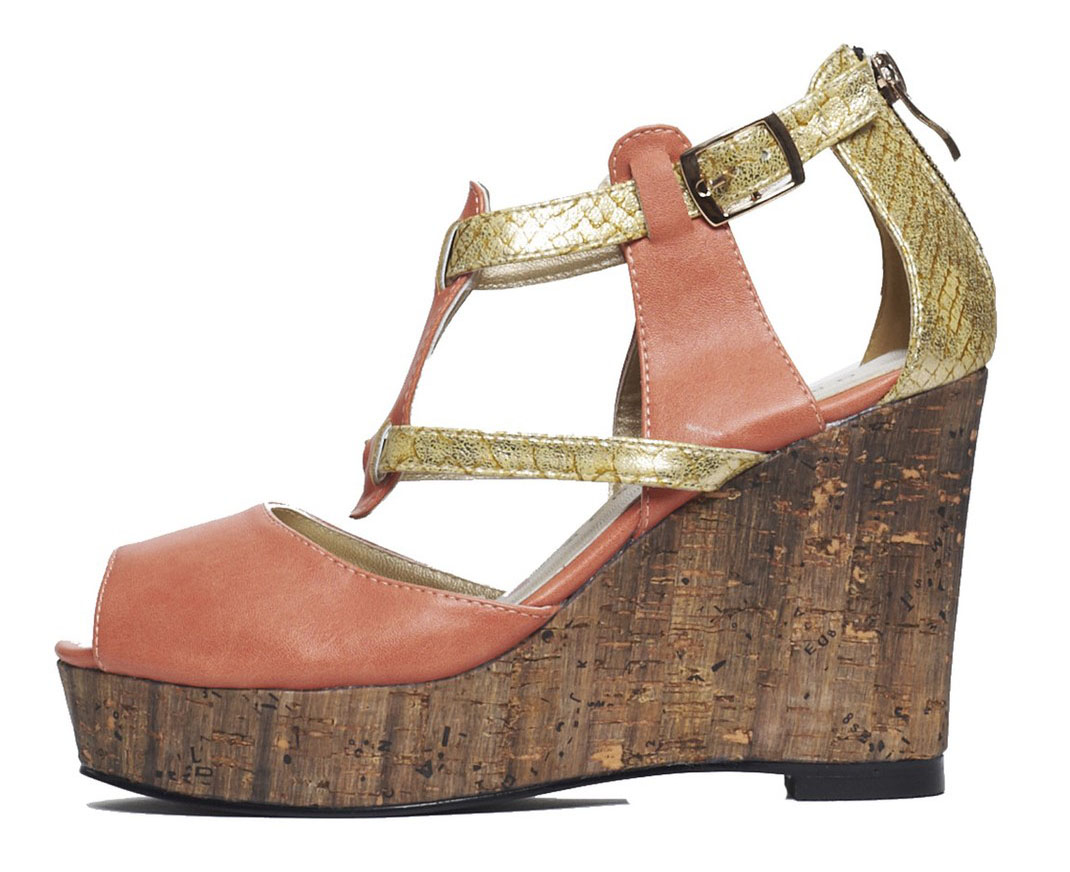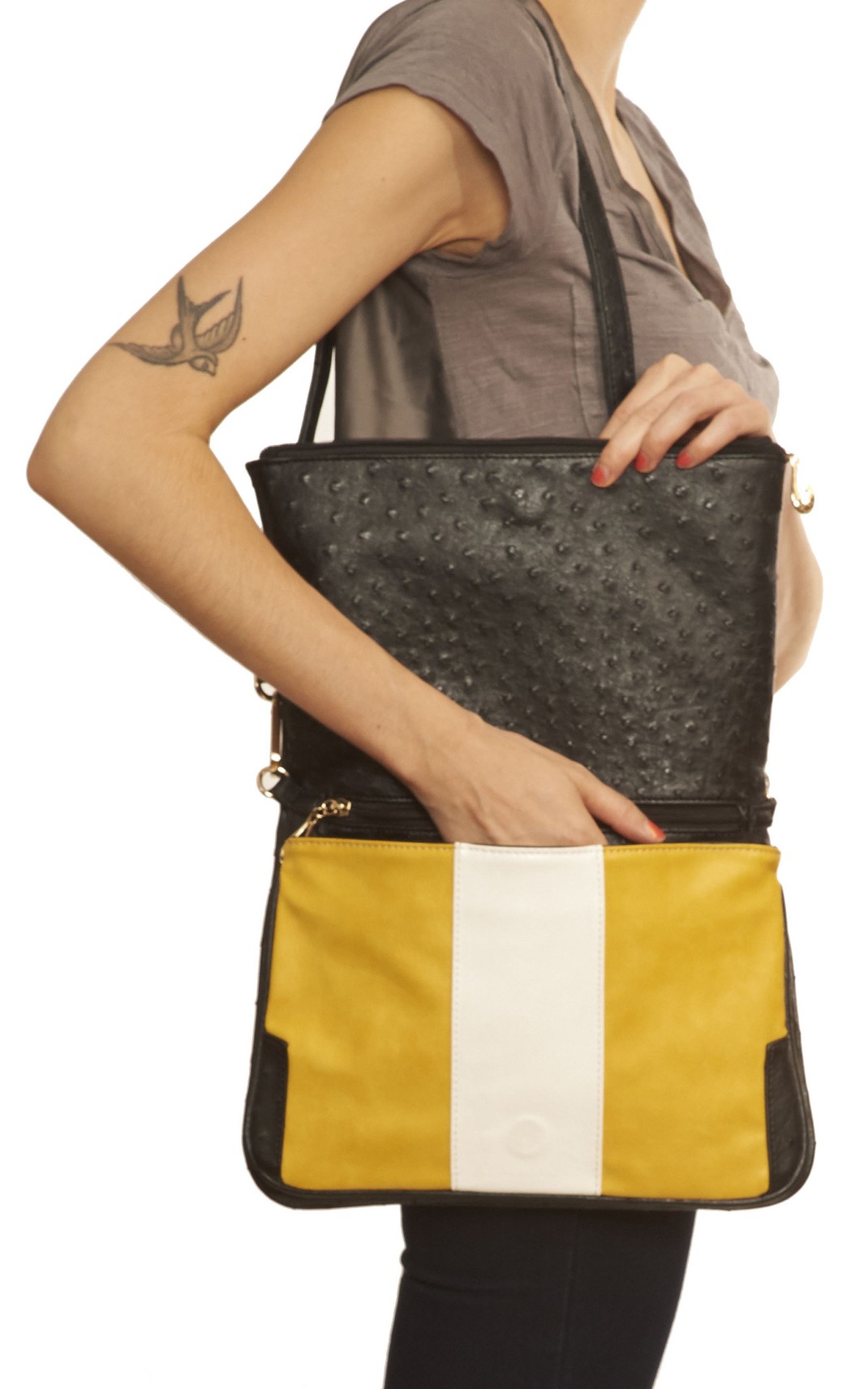David Dietz broke all existing notions of what constitutes ‘luxury’ by setting up Modavanti, an online high fashion store that sells only the best of sustainable fashion curated from across the globe. Modavanti’s Director of Operations, Adam Clancy, tells us what went into creating this path breaking online store and the future of online luxury retail.
What provided the impetus to set up Modavanti and who are the people behind the venture?
Modavanti.com went live in January 2013. The idea is quite simple: we want to be the premier destination for sustainable fashion. We believe that the environmental and labor impact of the fashion industry has to change, and the only way it will change is if we provide customers with a carefully curated selection of the best in sustainable fashion. David Dietz, the founder, is a social entrepreneur who cares deeply about the positive impact that businesses can have on the world around him.
David Dietz, founder of Modavanti.com
Why did you look at sustainable fashion as an idea, especially when not many in the luxury industry associate the words ‘sustainable’ and ‘luxury’ with each other?
Precisely because sustainable fashion has not been explored by many in the industry! We felt it was an untapped resource. We also strongly believe that we need to change the way the fashion industry operates – it is simply too wasteful of the environment and too harsh on the workers who make the clothes. But nothing will change until we can prove that there is a big demand for high-quality sustainable fashion.
So, do you agree with the view that people don’t equate sustainable fashion with luxury?
That is certainly a view that some people hold, and until recently I would have agreed with it! But the clothes that sustainable designers are creating these days are of superior quality, design and as on trend as any others. I think that the impression is starting to change. In our minds, the connection between sustainability and desirability represents our biggest challenge and our biggest opportunity. We like to think of the way Whole Foods redefined the supermarket shopping experience and convinced customers that luxury and organic was desirable. We want to do the same for clothing.
Why did you decide to keep the venture online?
We believe that the future of retail is online. Online apparel sales are expected to double. Our research suggests online apparel sales totaled $34.2 billion in 2011 and this is expected to grow to $73 billion by 2016. The growth is fueled by the convenience of online shopping (no big crowds, no hassle in getting to and from the shop) and the increased comfort and familiarity that everyone has with the internet and with online shopping generally. Once you’ve bought a book or computer online, and you trust the experience, you’re more likely to shop for other items online, like clothes.
Are your collections all bespoke, or do you curate the best from other designers and put the collections online?
We curate from other designers and put the collections online. We’ve got a terrific merchandising team that puts tremendous amount of effort into carefully curating the best sustainable fashion from around the world, be it from small independent designers to bigger fashion names, like Edun.
How do you market Modavanti online and offline? Any special marketing or media strategies that you want to speak about?
We like to run the occasional pop up shop to allow our customers to see and touch and try on our merchandise – one of the downsides of online retailing is that you lose that important touch point with consumers. But most of our marketing has been online – we’ve found, for example, that Pinterest is a big driver of traffic to our site. We’ve also begun introducing a campaign called Modavanti Girl that allows our customers to pick their own curations, enabling them to become our brand evangelists.
Who are your target consumers? What age group do they come from?
The Modavanti shopper is a college educated urbanite. She buys groceries at Whole Foods, drinks soy lattes, and recycles. She’s an active social media user and likes to shop online because she likes discovering the latest trends and finding things she can’t get in stores. She’s aware of the problems facing the fashion industry but bases her purchasing decisions on price and design. If she knew where to shop for sustainable clothing of similar price and design, she would shop there regularly.
Have you done any kind of marketing surveys that will tell you a bit more about your end consumers? What did they reveal?
We found that between 2007 and 2012, there was a huge change in the amount of respondents who said that factors such as whether a product was eco-friendly, recycled, sustainable and American were important in their buying decisions. These results mesh with our observations and reinforced our belief that sustainability is becoming increasingly important for socially conscious customers.
Who are your closest competitors, if any?
There is no direct competitor doing exactly what we’re doing but there are a number of sustainable fashion sites doing something similar. Sites like Fashioning Change and Ethical Ocean come to mind in this category. But we believe the space is big enough to accommodate many different visions for sustainable fashion.
What is the kind of shopping experience you offer your clients?
We’ve created a clean, easy to navigate experience that also provides access to information about the sustainable nature of every product we sell on our site. It’s important not to bombard our customers with (homilies about) ‘sustainability’ while at the same time educating and informing them about our products. We also have a great customer service team that responds immediately to any questions or comments we receive.







